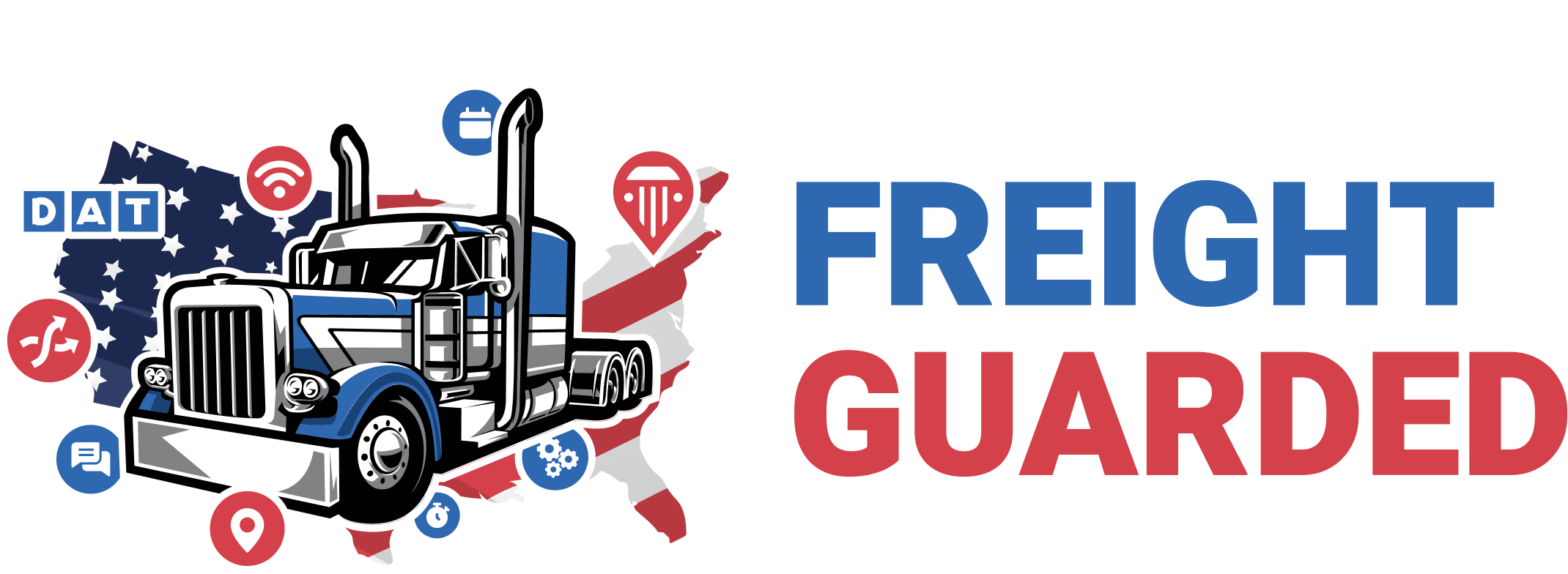What Are Tandem Axles?
Tandem axles refer to a pair of axles located close together on a semi-trailer. These axles are crucial for supporting the trailer’s weight and maintaining stability while in motion. The positioning of these axles allows for better weight distribution across the trailer, which is key to ensuring the vehicle remains balanced, especially when hauling heavy loads.
Most modern semi-trailers are equipped with sliding tandem axles. These axles are mounted on rails under the trailer, allowing them to move forward or backward. Adjusting the position of the tandem axles is necessary to optimize weight distribution between the tractor and trailer axles, helping to avoid overloading any single axle, which could lead to unsafe driving conditions or legal violations.
How Tandem Axles Work
The primary function of tandem axles is to distribute the weight of the cargo more evenly across the truck. By moving the axles forward or backward, truck drivers can shift weight between the tractor and trailer axles. This adjustment is crucial because it affects how the truck handles, as well as its compliance with weight regulations.
When the tandems are moved forward, more weight is placed on the trailer axles, which can relieve some of the load on the tractor's drive axles. Conversely, sliding the tandems backward shifts more weight onto the drive axles, which can be beneficial in certain driving conditions or when crossing state lines with varying legal requirements.
How to Adjust Tandem Axles: A Step-by-Step Guide
Adjusting tandem axles is a task that requires precision and care. Here’s a simplified step-by-step guide to safely sliding tandems on a semi-trailer:
Prepare Your Vehicle: Ensure the tractor and trailer are aligned straight. Check that the area around the vehicle is clear of obstacles. It’s important to perform this task on a solid, level surface to prevent complications. Engage the Parking Brakes: Set both the tractor and trailer parking brakes to secure the vehicle. Check Air Pressure: Ensure that the air pressure is at its maximum level to facilitate the sliding process. Lock the Power Divider: This step maximizes traction, which is crucial for moving the trailer. Activate the Trailer Hold Switch: This switch, also known as the Trailer Spring Brake Override Switch, helps control the trailer during the adjustment process. If your truck doesn’t have this switch, use the trailer brake valve instead. Release the Slider Lock: Pull the slider handle out (or up, depending on the trailer) and lock it in the retainer. If this is difficult, consider using a tool or seeking assistance. Mark Your Target Position: Mark the hole where you want the front locking pin to land after the tandems are slid. Shift to Reverse: If you’re operating a manual transmission, ensure the range selector is set to the low side. Release the Tractor Brake: Push the yellow button to release the tractor parking brake while keeping the trailer brakes engaged. Slide the Tandems: Gently back up the trailer. The tandems will remain stationary while the trailer moves, allowing the axles to slide into the desired position. Reapply the Tractor Brakes: Once the tandems are in position, set the tractor parking brake and exit the vehicle. Check the Locking Pin: Verify that the front locking pin is aligned with the marked hole. Secure the Slider Handle: Remove the slider-locking handle from its retainer and allow it to lock into place. Rock the Trailer: Shift the truck into drive or reverse and gently rock the trailer to ensure that the locking pins are fully engaged. Inspect the Pins: Visually confirm that the locking pins are completely through the holes and that the handle is all the way in. Unlock the Power Divider: Deactivate the Trailer Hold Switch and unlock the power divider to complete the process. Why Proper Tandem Adjustment Is Crucial
Adjusting tandem axles correctly is essential for several reasons:
Safety: Proper weight distribution improves vehicle stability, reducing the risk of accidents due to overloading or imbalance. Legal Compliance: Different states have specific regulations regarding axle weight and spacing. Correctly adjusted tandems help drivers comply with these laws, avoiding fines and legal issues. Efficiency: Well-adjusted tandems enhance fuel efficiency and reduce wear and tear on the truck, leading to lower operating costs. Weight Distribution and Tandem Adjustment
When adjusting tandem axles, remember that sliding them forward shifts weight onto the trailer axles, while sliding them backward transfers weight to the tractor axles. Typically, each hole in the slider mechanism accounts for approximately 250 pounds of weight transfer.
To correct overweight drive axles, slide the tandems forward. This adds weight to the trailer axles and reduces the load on the drive axles. To correct overweight trailer axles, slide the tandems backward, transferring some of the load to the drive axles.
Avoiding Common Pitfalls
When adjusting tandems, avoid sliding them too far back, as this can lead to violations of the Bridge Formula, which governs the distance between the kingpin and the tandem axle group. Always consider the most stringent state regulations along your route to ensure compliance.
Understanding and adjusting tandem axles is a vital skill for any truck driver. By following the steps outlined in this guide, drivers can ensure that their loads are safely and legally distributed, leading to a smoother and more efficient journey. Proper tandem adjustment not only enhances safety but also helps maintain compliance with state and federal regulations, ultimately contributing to the success of any trucking operation.
- Read more...
- 121 views

.thumb.jpg.79710ba0be5a9f3be83fb45bcaf36e79.jpg)